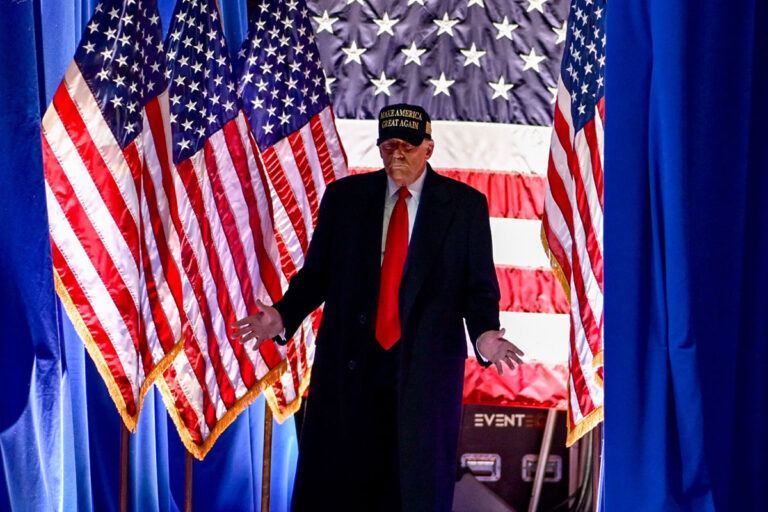In a significant move, Trump established a new cryptocurrency working group without the Federal Reserve and FDIC, sparking industry discussions about regulatory approach and financial innovation.
In a major policy shift, President Donald Trump has formed a new crypto working group – without including the Federal Reserve or the Federal Deposit Insurance Corporation (FDIC). The exclusion of these two powerful financial regulators has sparked intense debate within the industry, with some viewing it as a long-overdue correction and others questioning the implications for financial oversight.
Breaking Away from the Past
The move was first highlighted by Custodia Bank CEO Caitlin Long, who took to X (formerly Twitter) on Jan. 23 to point out that both the Fed and FDIC had been left out of Trump’s newly established digital asset working group. Long also claimed the agencies’ exclusion was well deserved, arguing that both had actively worked to undermine her company’s operations.
🚨THIS IS BIG: Trump’s #crypto executive order EXCLUDES the Fed & FDIC from the digital asset working group. Both tried to kill the industry thru #debanking & especially targeted my company, @custodiabank. Both belong on the outside. Nature is healing.🙏https://t.co/lghXWkYDuC
— Caitlin Long 🔑⚡️🟠 (@CaitlinLong_) January 23, 2025
During the Biden administration, the two agencies were accused of stifling innovation in the crypto sector. The FDIC, in particular, was said to have pressured traditional banks to cut ties with cryptocurrency firms, a practice widely referred to as Operation Choke Point 2.0.
The initiative, though never formally acknowledged by the government, allegedly led to over 30 crypto and tech founders losing access to banking services, according to venture capitalist Marc Andreessen.
Crypto-friendly banks such as Silvergate, Signature, and others collapsed in 2023, fueling further accusations that federal regulators were deliberately making it difficult for the crypto industry to access banking services. Critics, including blockchain investor Nic Carter, described it as a systematic attempt to curb the industry’s growth under the guise of financial stability.
Now, with Trump’s decision to exclude these agencies from the working group, many in the crypto sector see it as a corrective measure. The move suggests that the administration wants a fresh approach to crypto policy—one that is potentially less restrictive and more in line with fostering innovation rather than constraining it.
A Pro-Crypto Agenda: Executive Order’s Key Mandates
Trump’s executive order goes beyond just the exclusion of the Fed and FDIC. It lays out a comprehensive roadmap for how the administration plans to handle digital assets.
The order requires various agencies, including the Treasury Department, the Justice Department, and the Securities and Exchange Commission (SEC), to review all existing crypto-related regulations within 30 days and submit recommendations within 180 days.
The working group is chaired by David Sacks, Trump’s Special Advisor for AI and Crypto, and includes the Treasury Secretary and the Secretary of Homeland Security.
Their responsibilities include reviewing current regulations to identify areas that may require updates or changes, establishing new guidelines to support innovation while ensuring financial stability, exploring the potential for a national digital asset stockpile, promoting the global adoption of dollar-backed stablecoins and finally prohibiting the development of a Central Bank Digital Currency (CBDC) in the US.
The explicit ban on a CBDC marks a stark contrast from the previous administration’s discussions about exploring a digital dollar, signaling that Trump’s government is taking a more free-market approach to digital assets rather than centralizing control.
next